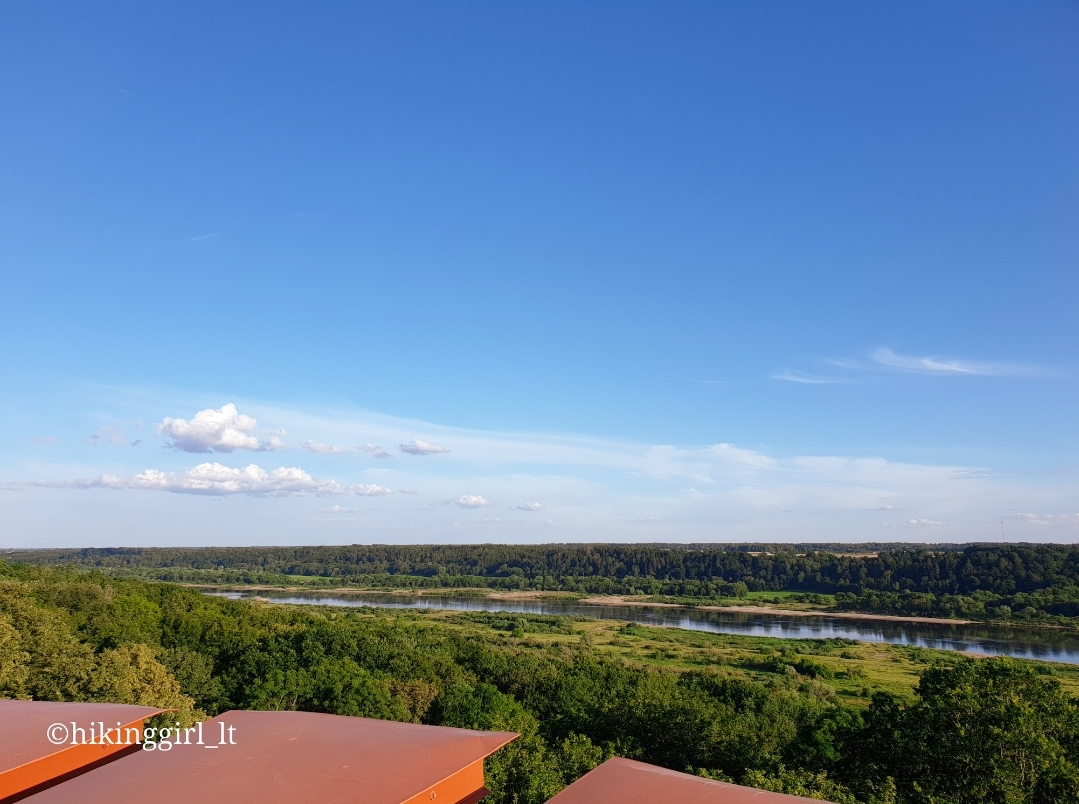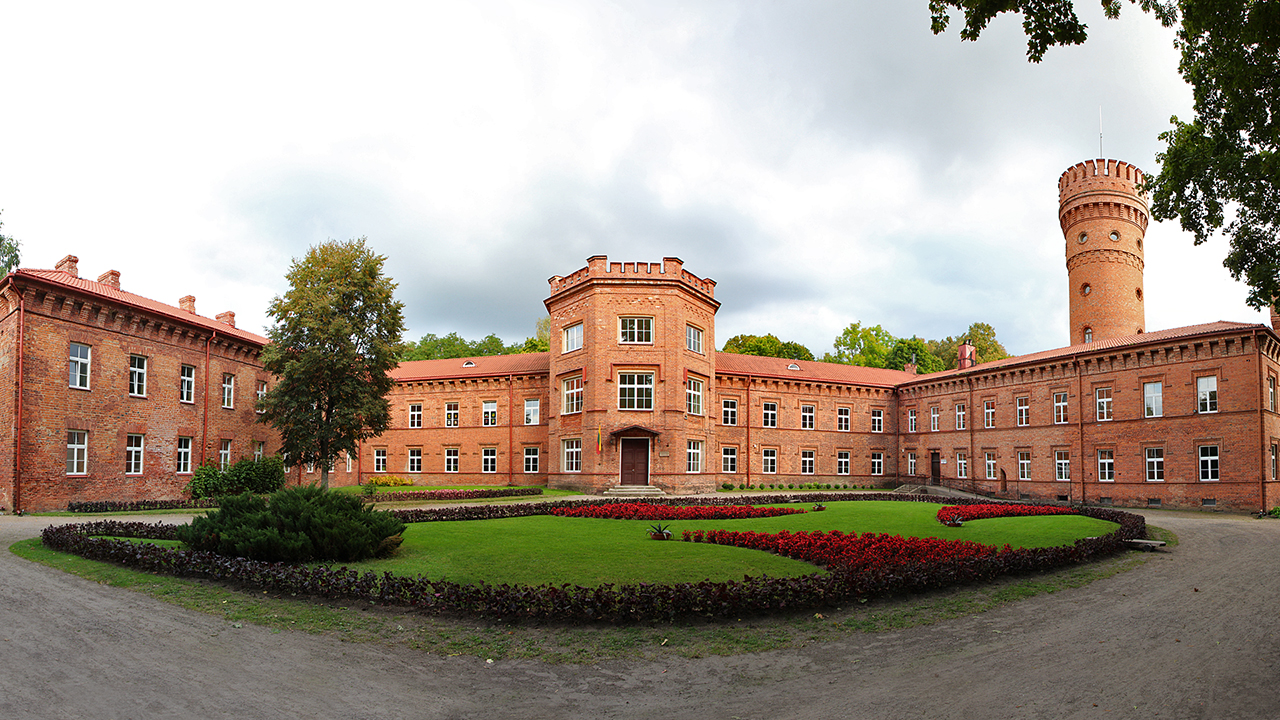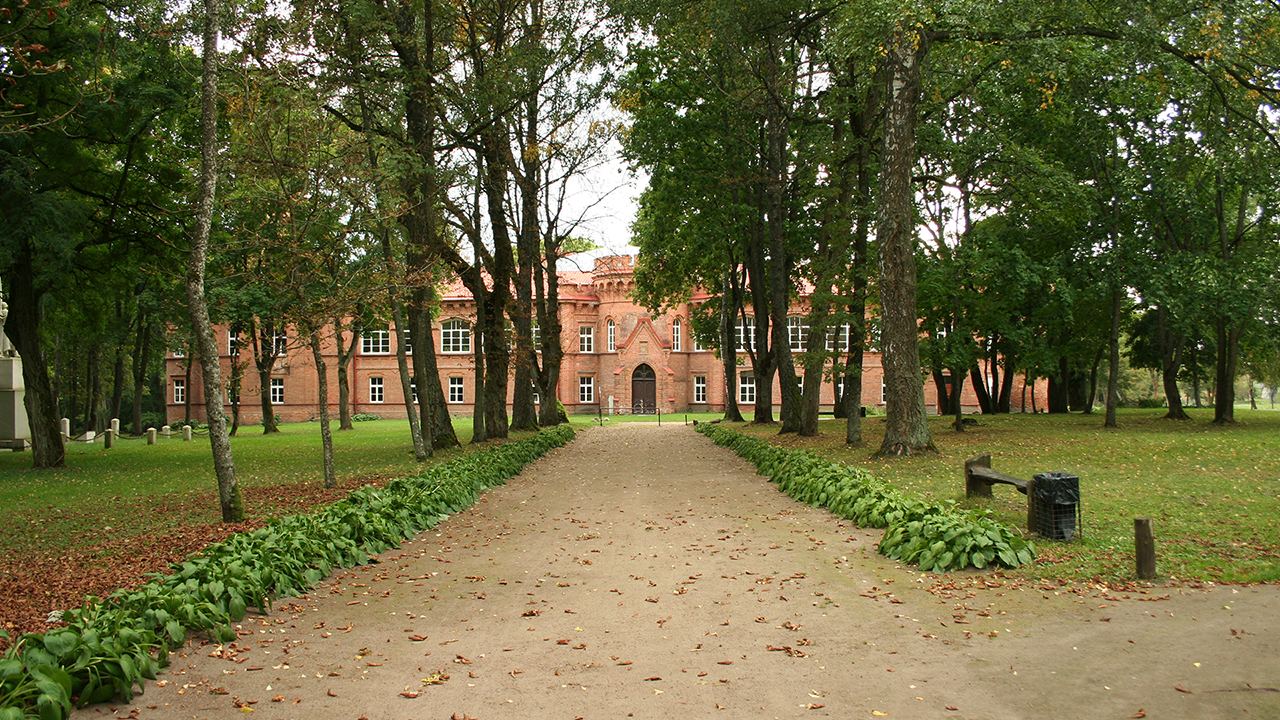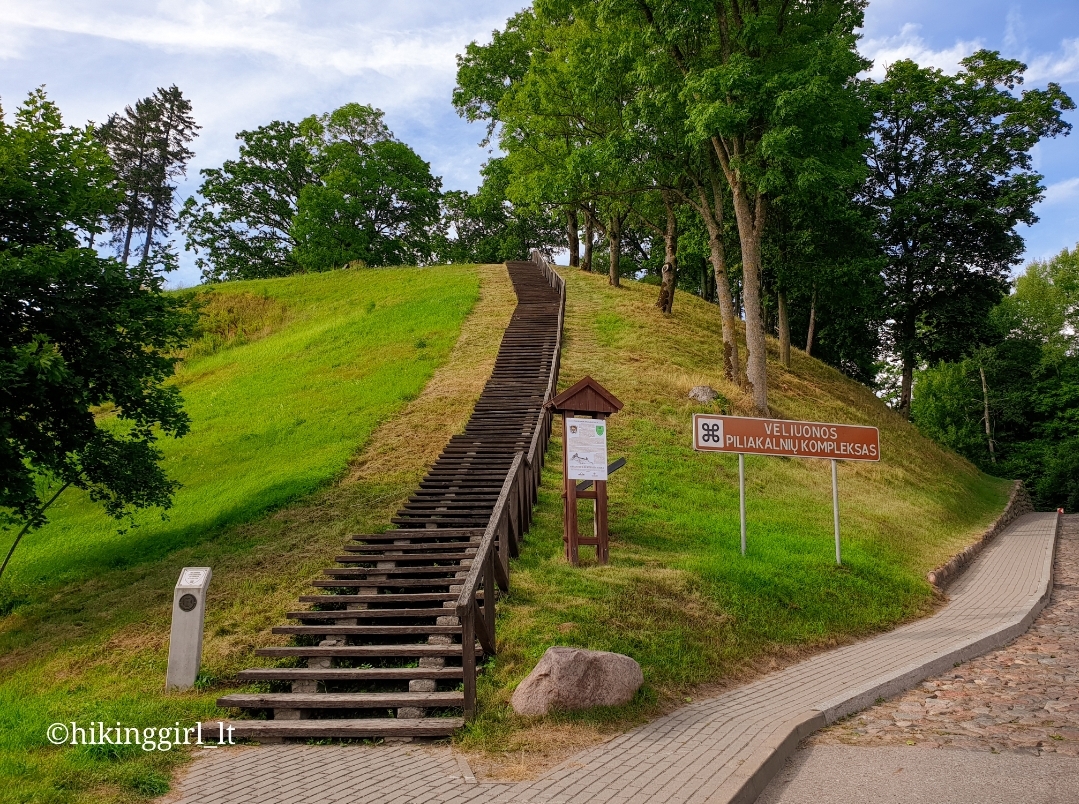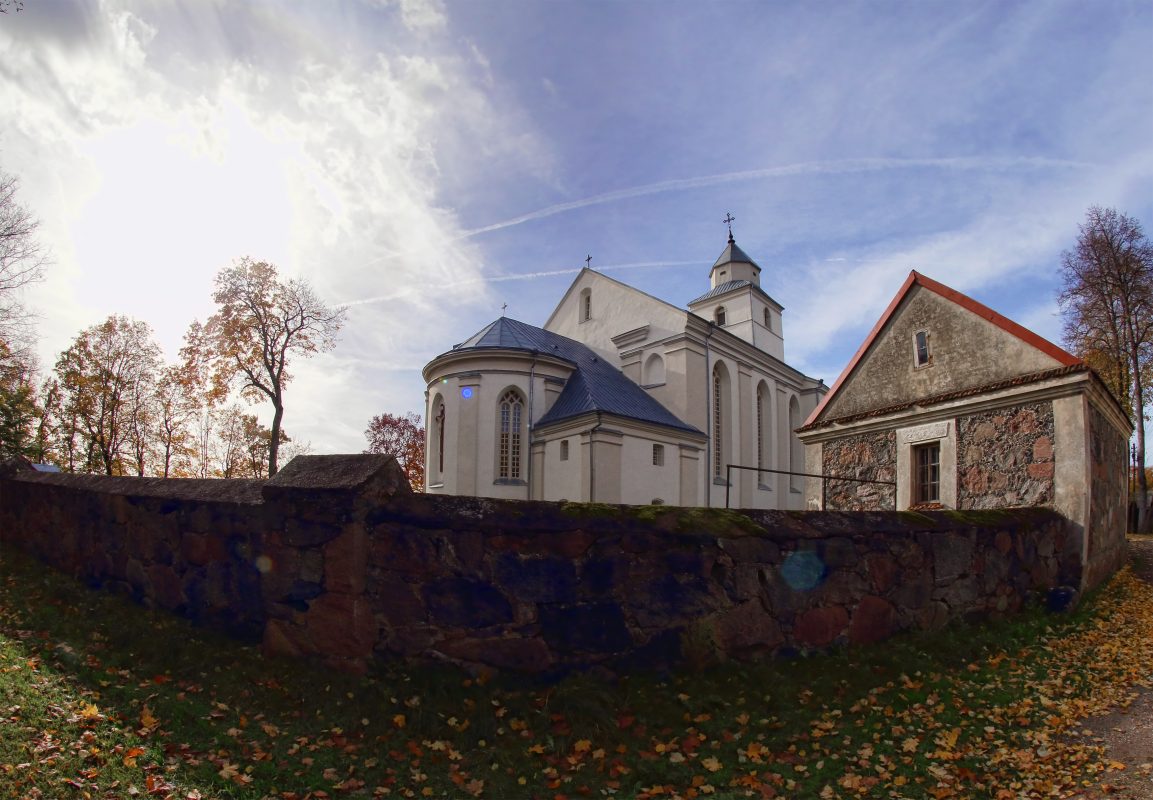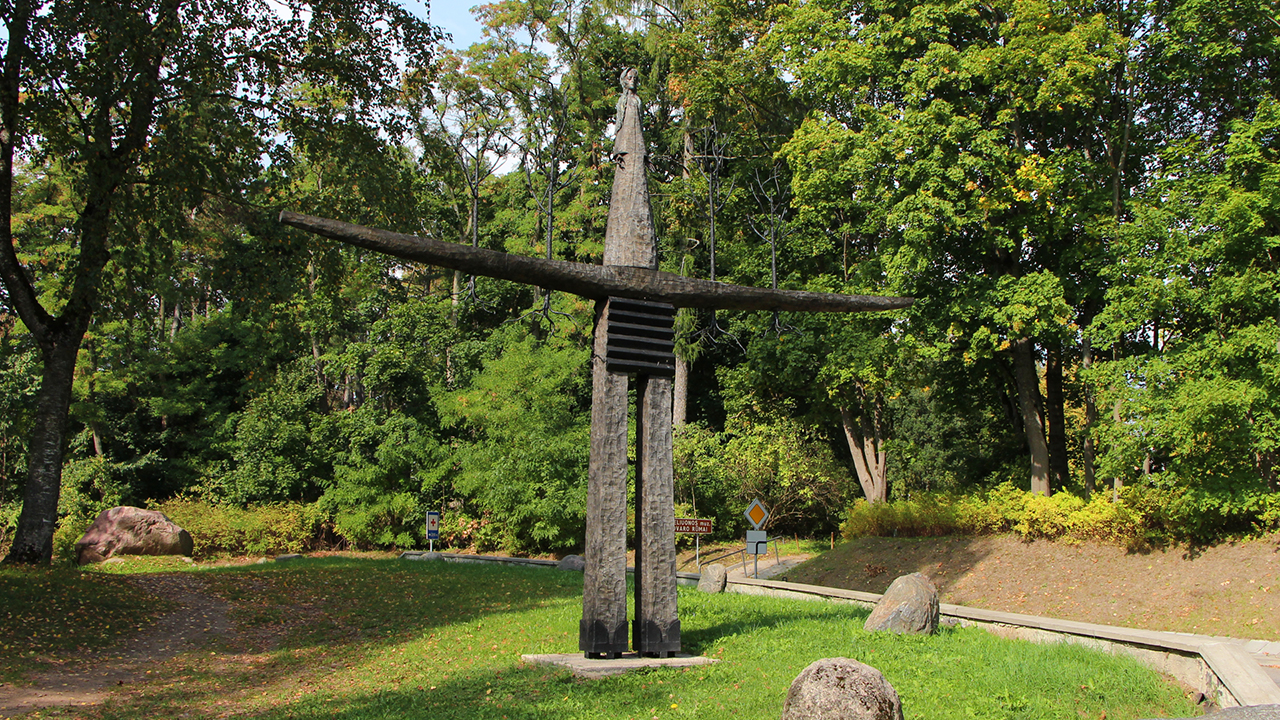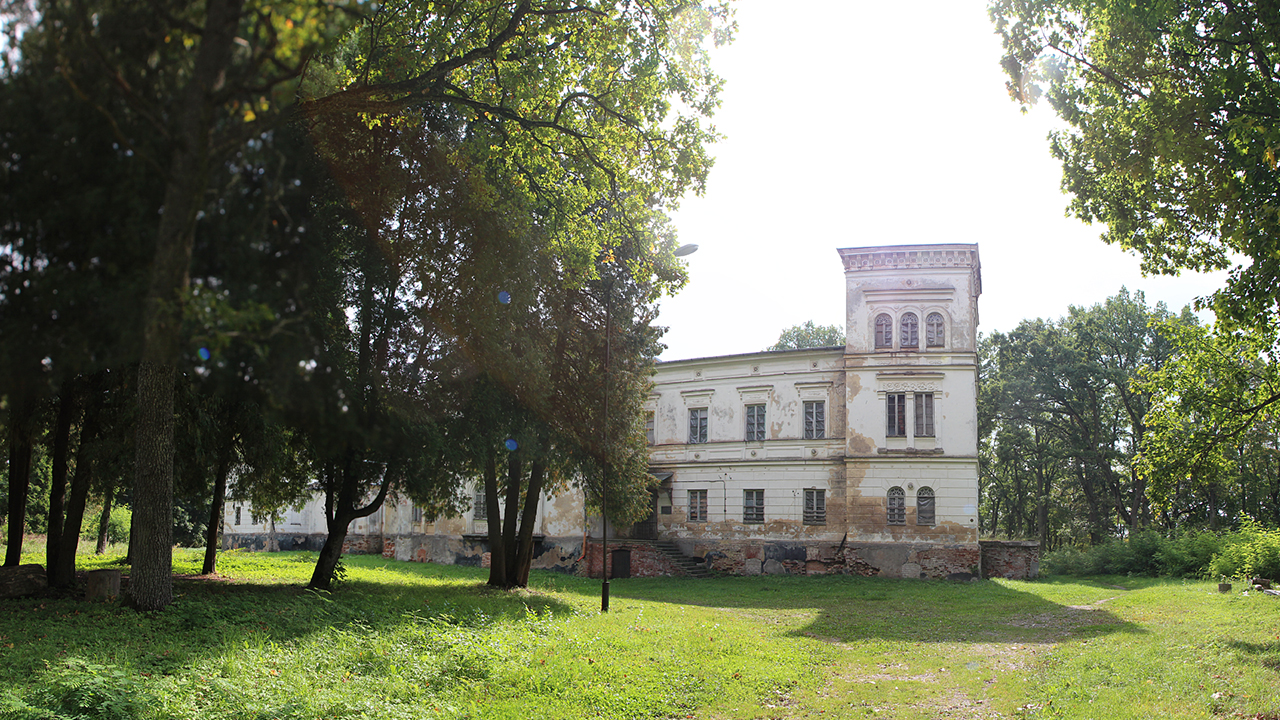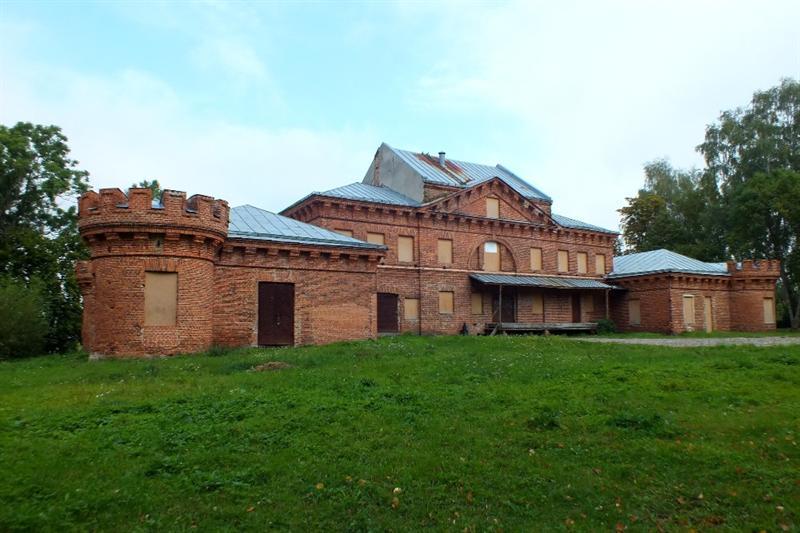Raudonė Mill

1046

4

1
4.8 out of 5
(5 reviews)
Raudonė Mill was first mentioned in 1717, alongside the castle and tavern in Raudonė. Like the castle, the mill is believed to have been designed by architect Stegeman. It is thought that construction of the mill began around 1860, as a drawing by Napoleon Orda from 1875-1876 already depicts a corner of this building. This indicates that the walls were built by then, though it is doubtful whether the mill was fully equipped at that time since the castle was also not yet completed.
Info
-

Architecture
-
Raudonė Mill was first mentioned in 1717, alongside the castle and tavern in Raudonė. Like the castle, the mill is believed to have been designed by architect Stegeman. It is thought that construction of the mill began around 1860, as a drawing by Napoleon Orda from 1875-1876 already depicts a corner of this building. This indicates that the walls were built by then, though it is doubtful whether the mill was fully equipped at that time since the castle was also not yet completed.
The interior of the mill is presumed to have been installed after 1877. Even after World War I, the building was inhabited and housed Juozas de Faria e Castro's horses, carriages, and carts, with some rooms used for storing grain. This fact was also noted by an old local
resident, Jonas Stirbys, who had lived in Raudonė since childhood. Later archival documents confirm that the building was not initially intended as a mill.
The Raudonė mill was equipped in 1924, and a distillery was established in the same building in 1923. Thus, the original purpose of the building was residential and utility rooms for servants, not a mill.
In the post-war years, a state mill operated here, and a sawmill was installed.
Currently, Raudonė Mill has started welcoming visitors, who can see the still intact equipment from the German company "Gebr. Seck–Dresden." This mill was once capable of producing top-quality flour.
Raudonė Mill is open to visitors on weekends from 10 AM to 6 PM. We promise you won't regret the visit!
Found a mistake?
Report
Whats new?
Nearby attractions

 Entertainment
Entertainment
 Food establishments
Food establishments





























 55.096784, 23.129699
55.096784, 23.129699
 Get directions
Get directions








